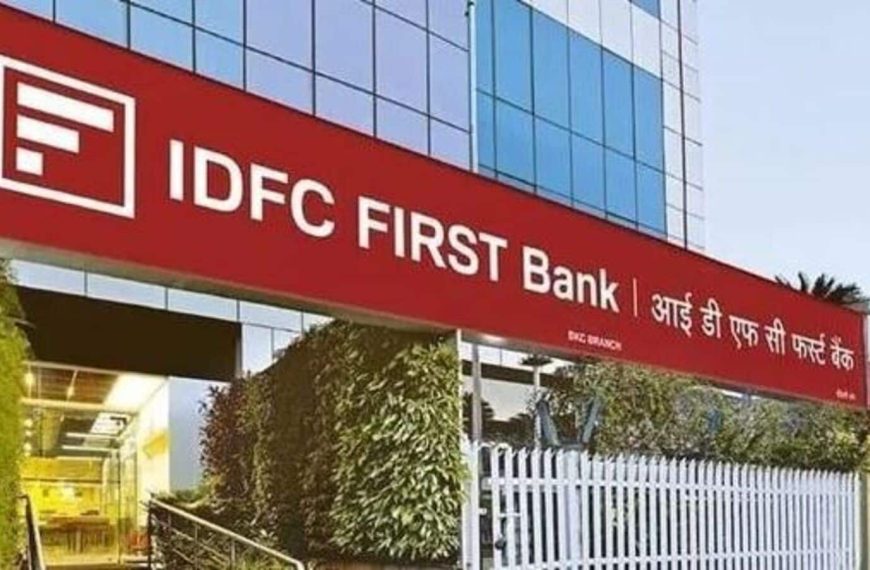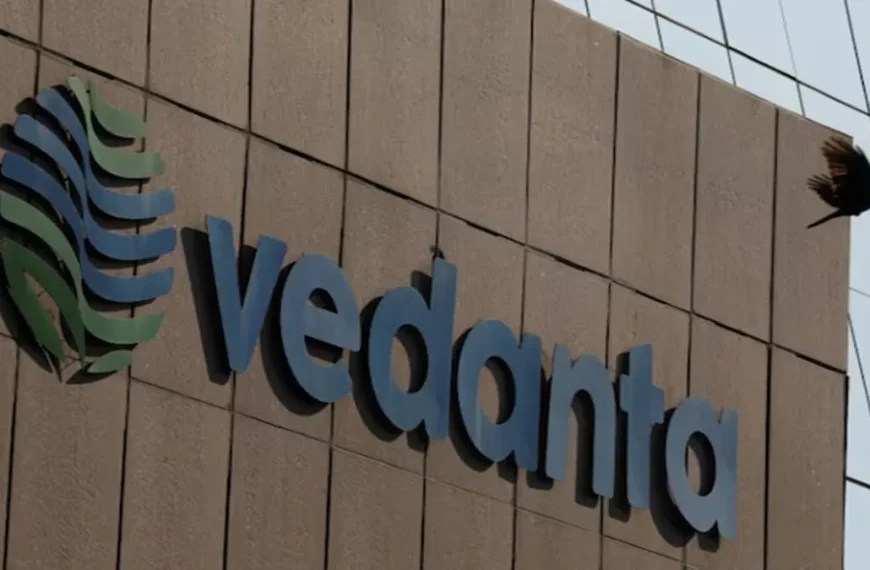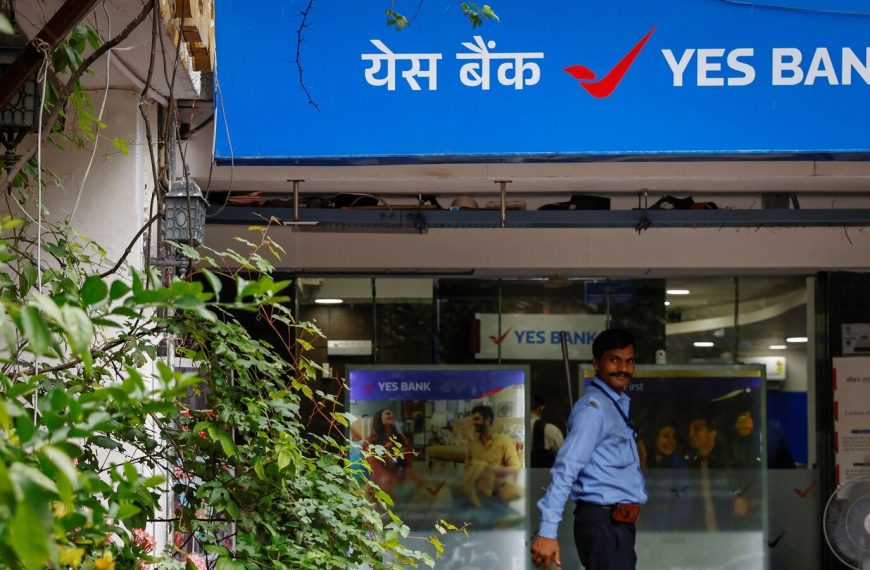The Indian stock market opened the fiscal year 2026 on a challenging note, reflecting a significant downturn influenced by the recent turmoil in U.S. markets. Following comments from former President Donald Trump, who indicated that tariffs would be universally applied across nations, investors are now increasingly anxious about the possibility of a global trade conflict that could trigger a recession. With expectations for a more nuanced approach to tariff implementation, the market braces for Trump’s forthcoming announcement on the initial tariff levels.
Market Reactions to Economic Concerns
The timing of these tariffs coincides with a notable decline in consumer and business confidence within the United States. Investors are worried that such tariffs will elevate domestic prices and hamper economic growth. Recent inflation figures have only heightened these fears, as the Federal Reserve’s core inflation measure unexpectedly rose in February, while consumer spending was slower than anticipated.
As a result of these escalating trade tensions and weakening consumer sentiment, analysts are revising their growth forecasts for the U.S. economy downward. Goldman Sachs recently increased the likelihood of a recession to 35% for this year, along with a lowered projection for U.S. GDP growth and a revised target for the S&P 500, placing it among the most pessimistic of major financial institutions.
Key Highlights from the Indian Stock Market
Here’s a closer look at the critical developments in the Indian stock market today:
-
Declining Indices
The Nifty 50 and Sensex both experienced their second consecutive day of losses. On April 1, the Nifty 50 fell by 1.5%, closing at 23,165, while the Sensex dropped 1.8%, ending at 76,024. This marks the largest intraday fall for both indices since late February. -
Major Contributors to Market Decline
Key players like HDFC Bank, Infosys, and Reliance Industries were responsible for a substantial portion of the Nifty 50’s decline, with these five stocks accounting for 63% of the index’s drop. HDFC Bank led the way, deducting 98 points from the index. -
Sector Performance
Among the major sectors, Nifty Realty was notably the weakest, losing 3.11% of its value. Other sectors like Consumer Durables, IT, and Pharma also ended in negative territory, while Nifty Media was a rare bright spot, gaining 2.24%. -
Broader Market Resilience
Despite the overall market downturn, mid-cap and small-cap stocks fared relatively better. The Nifty Midcap 100 dipped just 0.86%, while the Nifty Smallcap 100 fell 0.70%. -
Stock Performance Overview
Out of the 50 stocks in the Nifty 50 index, 35 finished lower, with HCL Technologies and Bajaj Finserv leading the declines. Conversely, IndusInd Bank stood out with a 5% gain. -
New Lows and Highs
Today saw 265 stocks hit fresh 52-week lows, including notable names like Punjab & Sind Bank and Titan Company. On a positive note, 186 stocks achieved new highs, with Aavas Financiers being among them. -
Sharp Declines
A total of 21 stocks experienced significant declines between 10% and 20%, with Punjab & Sind Bank leading the way. -
High Trading Activity
Vodafone Idea emerged as the top volume gainer, with 2.7 billion shares traded, closing up 20% at ₹8.10. UCO Bank followed closely behind with 47.7 million shares exchanged. - Upper Circuit Limits
Interestingly, 275 stocks hit their upper circuit limits, ranging from 2% to 20%, with Hester Biosciences showing the most impressive gain, closing at ₹1,505.
Conclusion
As investors navigate these turbulent waters, the sentiment remains cautious, with a keen eye on upcoming U.S. tariff announcements. The Indian markets are reflecting broader global concerns, and how they adapt to these challenges will be closely monitored in the coming weeks.
For more insights and updates on the stock market, consider exploring our articles on investment strategies and market analysis.











